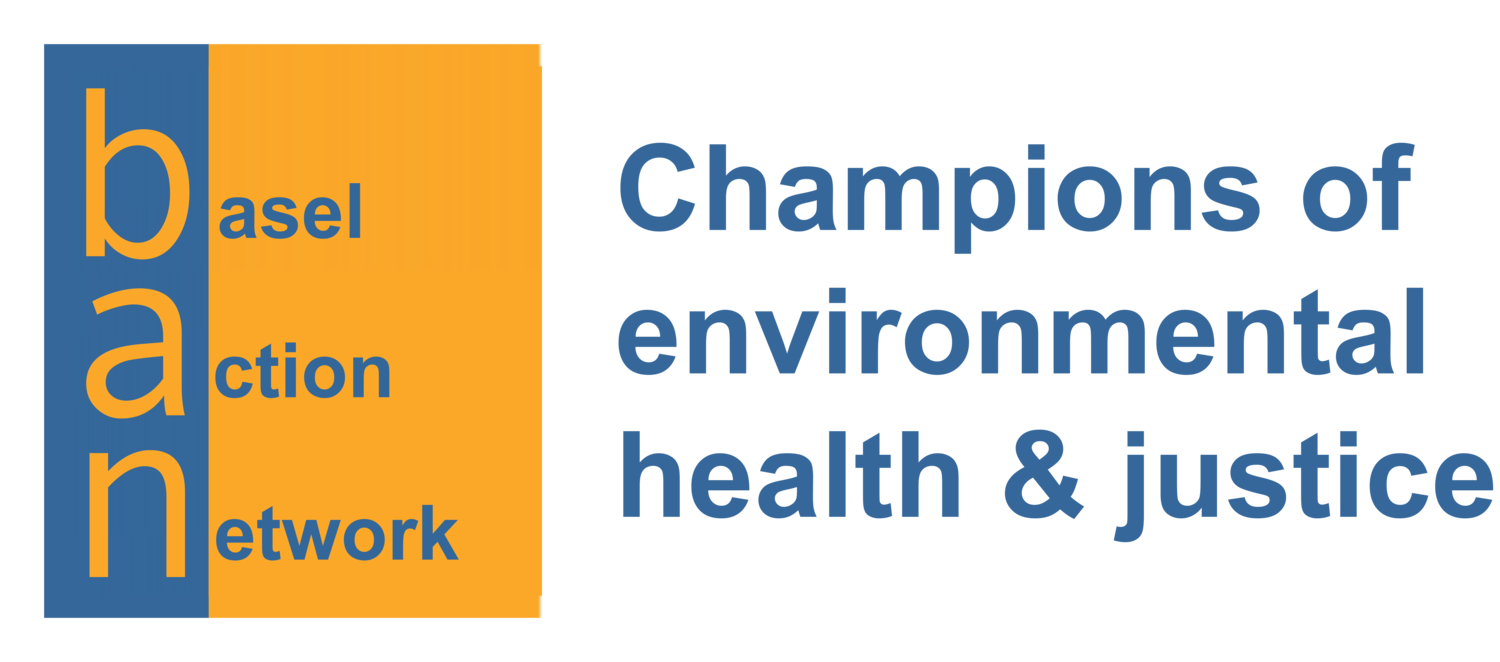PACE Releases Guidance for Circular Economy Transition in Five Sectors
/The Platform for Accelerating the Circular Economy (PACE) Secretariat has released five publications that outline how the electronics, textiles, food, plastics, and capital equipment sectors can increase their circularity. Comprising the ‘Circular Economy Action Agenda,’ the reports serve as a rallying call for businesses, governments, researchers, consumers, and civil society to work together.
Each publication outlines the objective for a circular economy and what circularity in that particular sector looks like, the impact on people and the planet if those objectives were to be achieved, the barriers that stand to hinder implementation, and actions that can optimize the sector’s transition towards a more circular economy.
The report, ‘Circular Economy Action Agenda: Electronics,’ authored in partnership with Accenture, notes that less than 20% of electronics are collected and recycled, despite the raw materials within e-waste being valued at approximately USD 57 billion per year. A circular economy for electronics, the report explains, would see products use more recycled and recyclable content, designed for longevity and collected for recycling when they are no longer suitable for use. However, barriers include, inter alia, production systems that depend on virgin materials, lack of industry-wide standards for circular design and inconsistent regulatory regimes, and lack of knowledge on the hazards wrought by e-waste.

